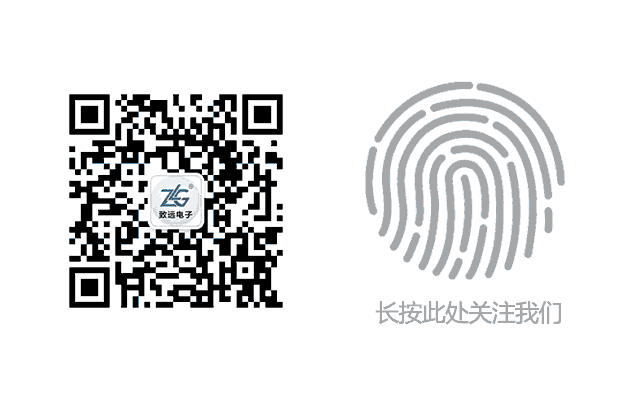
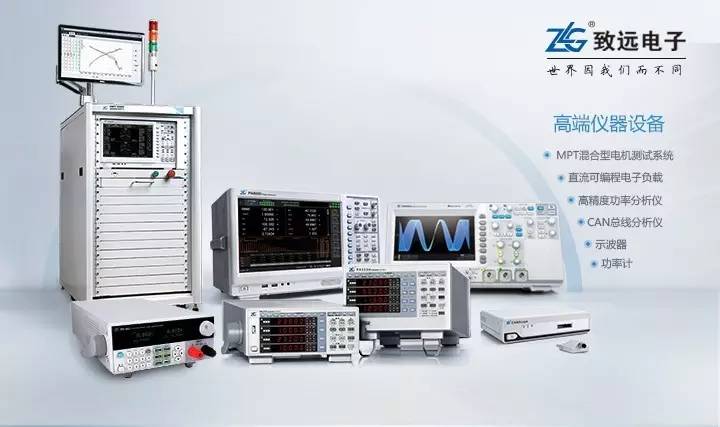
RS-485 is a commonly used differential communication bus, capable of long-distance transmission with good interference resistance. However, how can we monitor the communication process for several hours or even days in the face of occasional faults during communication?
1. Testing Requirements
Low-cost long-term monitoring of RS-485 bus communication.
2. Testing Challenges
The RS-485 is a differential bus that requires a differential probe to accurately capture signals. However, there are very few differential probes for logic analyzers in the industry, and they are extremely expensive.
3. Testing Steps
1. First, use an oscilloscope with a standard probe to observe the waveform, as shown in Figure 1.
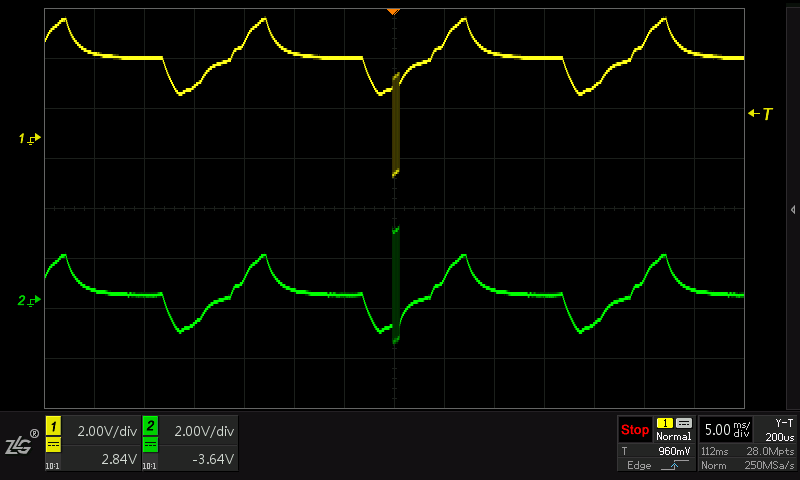 Figure 1: Waveform captured by oscilloscope with standard probe
Figure 1: Waveform captured by oscilloscope with standard probe
We can clearly see that a significant common-mode interference is superimposed on the communication protocol signal. This common-mode interference completely disrupts the judgment of the protocol threshold level, making it impossible for either the oscilloscope or the logic analyzer to set a reasonable threshold level for decoding.
2. Use an oscilloscope with a differential probe to observe the waveform, as shown in Figure 2.
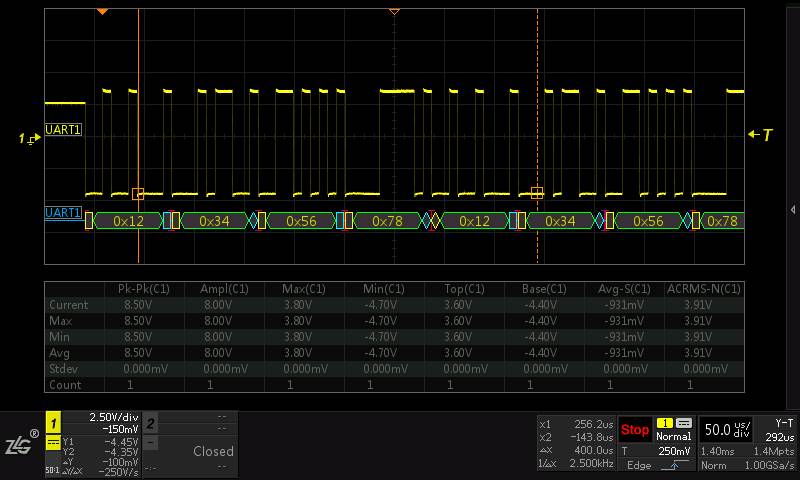
Figure 2: Waveform captured by oscilloscope with differential probe
After using the differential probe, the common-mode interference is eliminated, and the waveform becomes quite perfect. With the protocol decoding function of the ZDS2024Plus, the corresponding protocol data can be directly decoded from the measurement results of the parameters below, which show no abnormalities. However, the oscilloscope can only capture a small segment of the signal. Even though the ZDS2024Plus has a storage depth of 250M, the maximum observation time for the waveform is only 1400 seconds, making it impossible to monitor the protocol signal for several hours or even days. Moreover, there are almost no dedicated differential probes for logic analyzers available on the market.
3. Use a 485 isolation module and observe the output waveform with an oscilloscope and standard probe.
We selected the RSM(3)485ECHT enhanced isolation RS-485 transceiver, which supports a maximum baud rate of 500K and can achieve isolation of RS-485 communication, as shown in Figure 3.
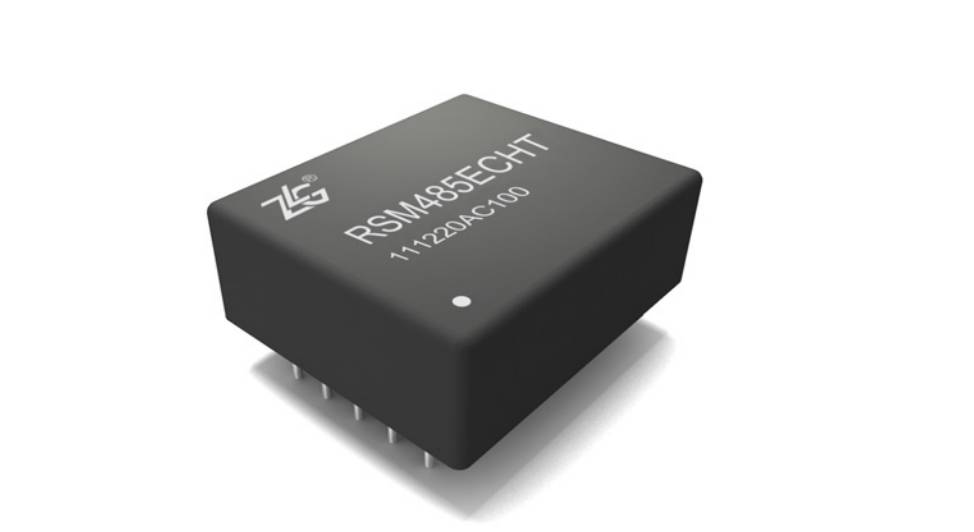 Figure 3: RS-485 Isolation Module
Figure 3: RS-485 Isolation Module
For the waveform after isolation, we observed the waveform using an oscilloscope with a standard probe, as shown in Figure 4:
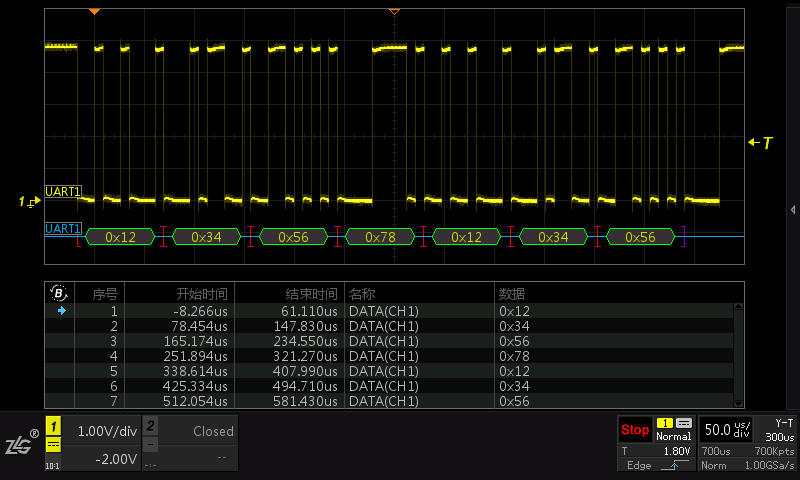 Figure 4: Waveform captured by oscilloscope with standard probe after isolation
Figure 4: Waveform captured by oscilloscope with standard probe after isolation
From the image, it can be seen that using an oscilloscope and standard probe to measure the isolated 485 signal still yields a relatively perfect waveform, comparable to the differential probe’s effect.
4. After using the 485 isolation module, use a logic analyzer to monitor the 485 communication waveform long-term, as shown in Figure 5.
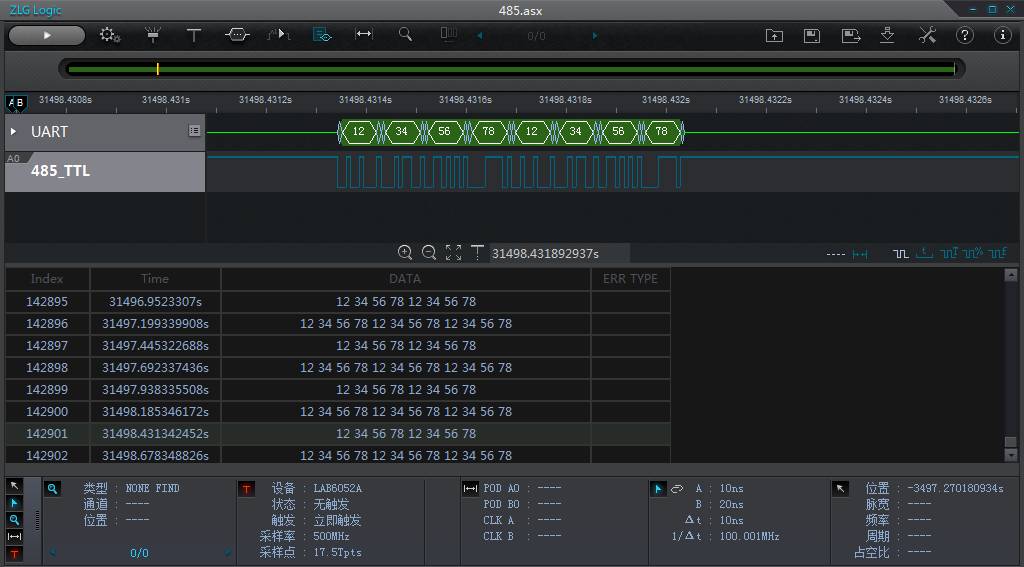 Figure 5: Logic analyzer recording 140,000 frames of signals with isolation module
Figure 5: Logic analyzer recording 140,000 frames of signals with isolation module
4. Conclusion
It is not necessary to purchase any differential probes. If the goal is just to monitor the signals on the RS-485 bus, a single RS-485 isolation module will suffice. Open the logic analyzer, start the recording mode, and whether recording for a segment or for a day, it is completely OK.
For backend replies, type 【Oscilloscope】 to access the ZDS oscilloscope self-service technical support platform.
ZDS2022 Perfect Video Special
Contact Information
-
Sales Phone: 400-888-4005 ext. 1
-
Technical Support Phone: 400-888-4005 ext. 2
Zhiyuan Electronics (ID: ZLG_zhiyuan )
Haven’t followed Zhiyuan Electronics yet? You will miss out on daily valuable content! You will miss a history that subverts foreign brands! Sometimes you want to prove something to ten thousand people, but in the end, you find that having just one person understand is enough. Are you the congee powder we have been waiting for? Our WeChat ID: ZLG_zhiyuan.
